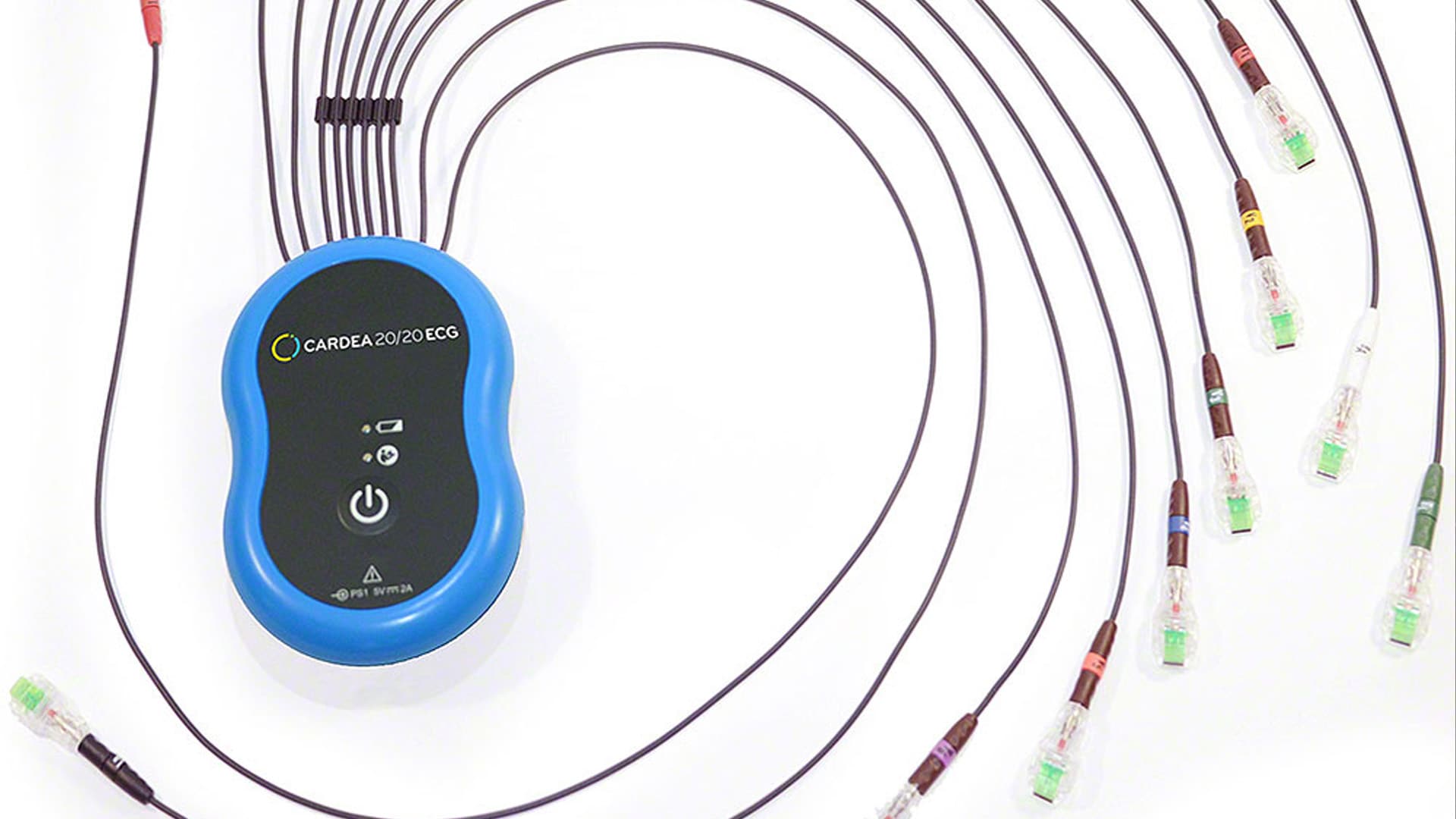According to the latest numbers from the World Health Organization, cardiovascular diseases (CVD) are the leading cause of death globally. Today’s advances in sensor technology, communication, data processing, analytics algorithms, could usher in a new era of smart, proactive solutions for assessment, control and prevention of CVDs.1 With the exponential rise in digital health utilization since the late 20th century, cardiology providers now have more options than ever to leverage digital health solutions to improve cardiac outcomes.
How Digital Health Measures Up
Digital health can have a positive impact on preventive cardiovascular medicine. One systematic review and meta-analysis calculated nearly a 40% reduction in relative risk in CVD outcomes using digital health.2 The study also found that digital cardiac solutions, including telemedicine and monitoring sensors, reduced the scope and severity of multiple CVD risk factors, namely weight and body mass index.3
A clear advantage of digital health is the ability to get a deeper look inside each patient’s condition and connect cardiac deterioration with relevant lifestyle risk factors to focus on the habits that if changed may slow down or reverse cardiac decline. Proactively monitoring patients for CVD and other cardiac conditions empowers earlier detection for faster intervention and ultimately better patient outcomes.
Efficient and Cost-Effective Preventive Care
Reduced cost of care and enhanced patient compliance are arguably the most noteworthy improvements with using wearable cardiovascular devices. A recent economic analysis found that wearable electrocardiogram (ECG) devices have the potential to produce an incremental cost-effectiveness ratio of $57,894 per quality adjusted life-year when used to detect atrial fibrillation (AFib).4
Likewise, wearable devices with digital features create a more patient-centric experience that encourages continued use throughout the entire monitoring period. One survey found that patient wearability satisfaction with their cardiac monitoring device is paramount to data quality and diagnosis.5 Patient acceptance is the first step to utilizing wearable cardiac monitoring devices. Tracking cardiac measurements with a small user-friendly monitoring device that adapts to day-to-day activities can significantly improve patient self-management, diagnosis, and patient outcomes.
The Cardea SOLO™ ECG System from Cardiac Insight unites the clinical, practical, financial and wearable advantages of digital health to accelerate the arrhythmia diagnostic process. Cardea SOLO’s prescription wearable technology employs a low-profile, lead-free, and waterproof chest sensor that promotes patient compliance with wear time requirements. With a 98.7% positive predictive value (PPV) for AFib and atrial flutter after just one week of monitoring, Cardea SOLO is moving the needle on improving arrhythmia outcomes and elevating the standard of preventive cardiac care.6
Sources:
1. Serhani MA, T El Kassabi H, Ismail H, Nujum Navaz A. ECG Monitoring Systems: Review, Architecture, Processes, and Key Challenges. Sensors (Basel). 2020;20(6):1796. doi:10.3390/s20061796. PMID: 32213969; PMCID: PMC7147367.
2. Widmer RJ, Collins NM, Collins CS, West CP, Lerman LO, Lerman A. Digital health interventions for the prevention of cardiovascular disease: a systematic review and meta-analysis. Mayo Clin Proc. 2015;90(4):469-480. doi:10.1016/j.mayocp.2014.12.026. PMID: 25841251; PMCID: PMC4551455.
3. ibid
4. Chen W, Khurshid S, Singer DE, et al. Cost-effectiveness of Screening for Atrial Fibrillation Using Wearable Devices. JAMA Health Forum. 2022;3(8):e222419. doi:10.1001/jamahealthforum.2022.2419. PMID: 36003419; PMCID: PMC9356321.
5. Ferguson C, Hickman LD, Turkmani S, Breen P, Gargiulo G, Inglis SC. “Wearables only work on patients that wear them”: Barriers and facilitators to the adoption of wearable cardiac monitoring technologies. Cardiovasc Digit Health J. 2021;2(2):137-147. doi:10.1016/j.cvdhj.2021.02.001. PMID: 35265900; PMCID: PMC8890057.
6. Test results using PhysioNet ECG databases in accordance with EC57.



